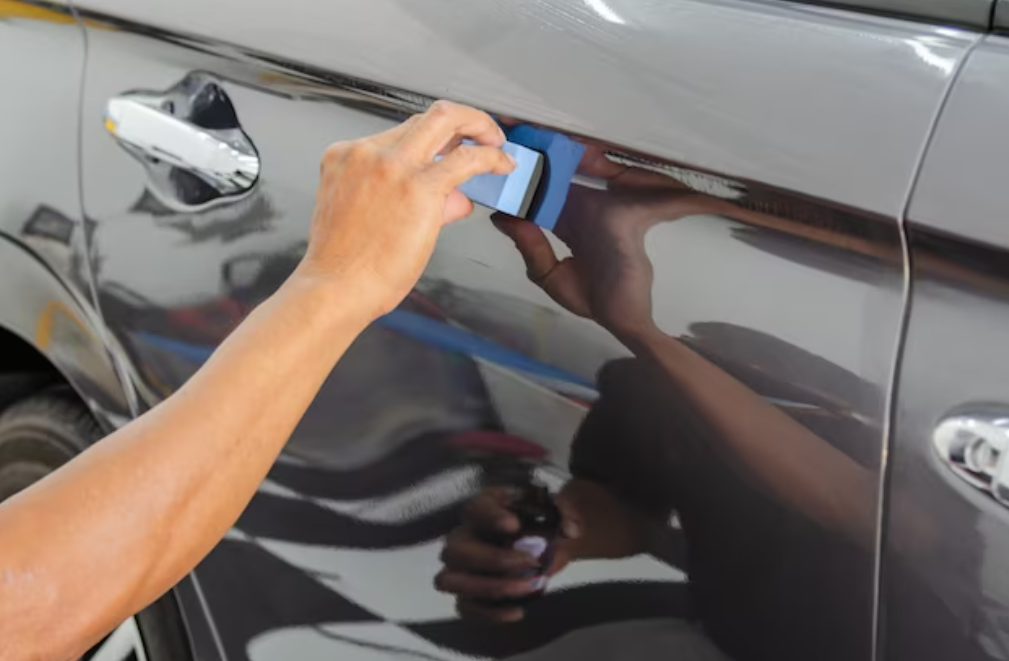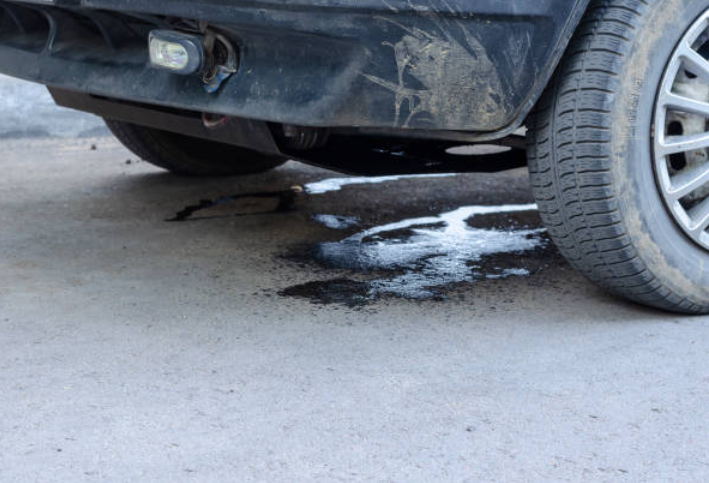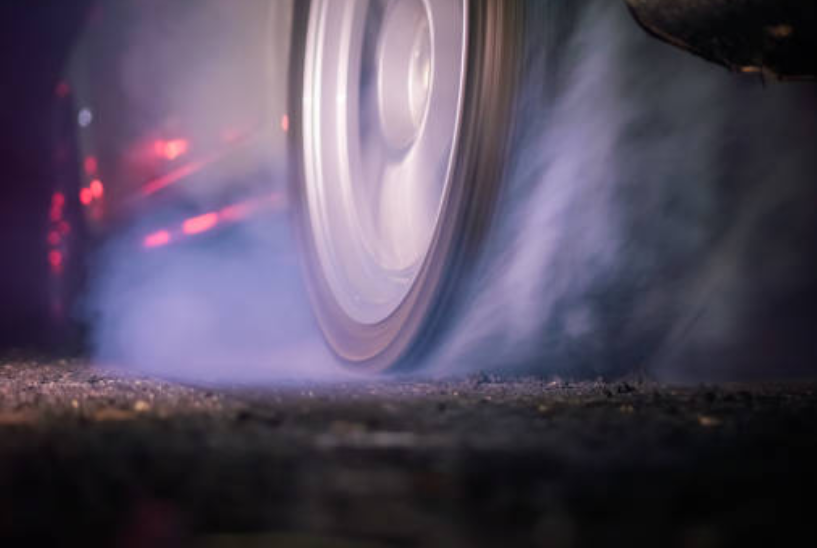Painting Brake Calipers Without Removing Them
Do you know how important it is to keep your car’s brake system in optimal condition? A neglected braking system can have disastrous consequences, so regular maintenance and inspection of the brakes should be part of any car owner's routine. An often overlooked component when it comes to brake maintenance is the appearance of your brake calipers – a vital part that works hard yet also adds an attractive touch to your vehicle. In this blog post, we'll discuss how you can preserve and enhance their appearance by painting them without having to remove them from the car first. Whether you’re looking for ways on how to give a new look or protect them from rusting due to road salt during winter, this article will provide all the information needed!

Step 1: Gather the necessary materials
- Masking tape
- Newspapers or old sheets
- Brake caliper paint (high-temperature paint designed for brake calipers)
- Brake cleaner
- Wire brush or sandpaper
- Paintbrushes or foam applicators
- Gloves and safety glasses
Pick a place with good ventilation, ideally outside, or a well-ventilated garage. To prevent paint drips or overspray from contaminating the nearby surroundings, spread out newspapers or old sheets.
Use a brake cleaner to thoroughly clean the calipers. Remove any dust, grease, or debris, as these can affect the paint's adhesion. Ensure the calipers are completely dry before proceeding.
Using masking tape, carefully cover the areas you want to protect, such as the brake pads, brake lines, and any nearby parts that shouldn't be painted. Take your time to ensure a clean and precise masking job.

To promote better paint adhesion, lightly sand the caliper's surface with a wire brush or sandpaper. This step helps remove any remaining contaminants and creates a slightly rough texture for the paint to grip onto. Be careful not to damage the caliper surface.
Shake the brake caliper paint can thoroughly to ensure proper mixing. Using a brush or foam applicator, apply the paint evenly onto the caliper surface. Start with thin coats and gradually build up the layers to prevent drips and runs. Follow the manufacturer's instructions regarding drying time between coats.
After achieving the desired color and sheen, allow sufficient time for the paint to fully dry. To prevent pulling off dried paint, gently remove the masking tape while the paint is still wet. Before operating your car, give the paint enough time to cure in accordance with the manufacturer's directions.
-
How many coats of paint should I apply?
Start with thin coats of paint to prevent drips or runs. It's better to apply multiple thin coats rather than a single thick coat. Follow the manufacturer's instructions regarding drying time between coats. Apply additional coats as needed until you achieve the desired color and finish.
-
Can I drive my car immediately after painting the brake calipers?
It's important to allow the paint to dry and cure fully before operating your vehicle. Follow the manufacturer's instructions regarding drying and curing times. Prematurely driving the car could lead to paint damage or an uneven finish.
See another review here: Top 10 Car Heads-Up Displays: Enhancing Convenience On The Road





.png)





